Scientists to look into how rapidly bird flu can adapt to infect humans
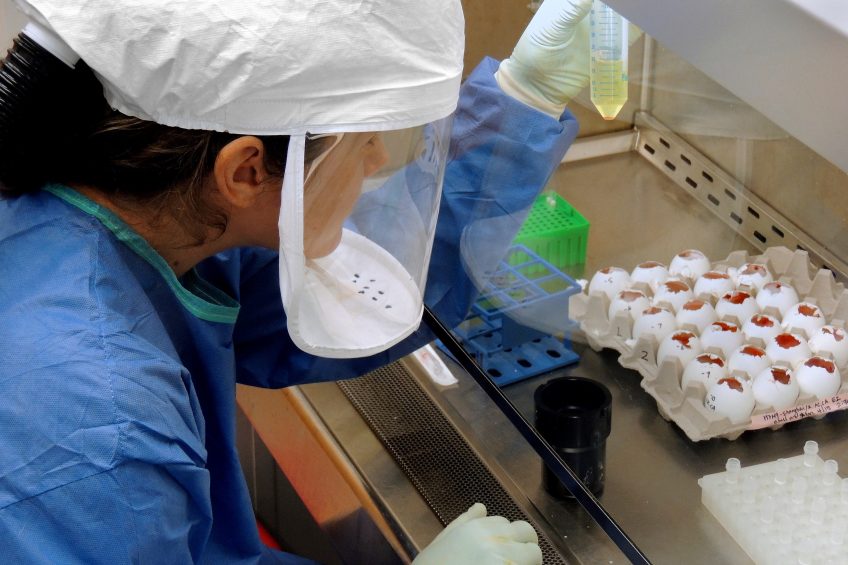
Scientists at 2 leading UK research establishments have been awarded a grant to research what makes particular strains of bird flu more likely to adapt to infect humans, possibly initiating a pandemic.
The Biotechnology and Biological Sciences Research Council funding for the Pirbright Institute and Imperial College, London, will be used to look at which avian flu strains can rapidly accumulate genetic adaptations that help avian flu viruses infect mammals.
This will enable scientists to identify which strains pose a threat to humans and potentially cause major problems across the globe.
The speed that bird flu viruses are able to change has become a great concern, especially in Asia, where high levels of flu circulating in poultry, regular human contact with birds and low levels of biosecurity increase the risk of transmission from birds to humans.
H9N2 is able to quickly adapt
One of the most recent avian flu strains to cross the bird-human barrier was H7N9, which has infected over 1,500 people since 2013 and has a 40% mortality rate.
Although H7N9 has not yet shown evidence of being able to transmit human to human, there is currently no way of telling whether it will be able to do so in the future. Understanding what features allow rapid adaptation is therefore at the top of the list for many flu researchers.
The Influenza Viruses group at Pirbright has previously shown that the bird flu strain H9N2 is able to quickly adapt the viral genes involves in replication during infection of mice. Since it is known that the H9N2 strain donated genetic material to the H7N9 virus, it may have provided H7N9 with crucial traits that improve the ability to infect humans.
Check out the interactive Poultry Health Tool – with the latest insights on the 40+ most common poultry diseases
As a result, Pirbright scientists are looking at the H9N2 genes to see what features they give the virus which enable it to rapidly adapt to a non-avian host.
Dr Holly Shelton, leader of the Influenza Viruses group, said : “Understanding more about how flu viruses change in hosts will help us to know what genetic characteristics to look out for when predicting the next strains that could cause human pandemics.
“We want to know how quickly mutations can appear that allow H9N2 to infect mammals, if other strains have the potential to adapt at the same rate, and what features help them to adapt to mammals so rapidly.”
Avian leucosis virus and avian influenza viruses
Pirbright has also received a grant from the BBSRC –Newton Fund to look at poultry diseases caused by avian leucosis virus and avian influenza viruses. The team of scientists, led by Dr Yongxiu Yao and Professor Munir Iqbal, will build on links with Chinese institutes through the UK-China Centre of Excellence for Research on Avian Disease.
Professor Iqbal’s team will work to provide information about how the avian influenza viruses that plague the Chinese poultry sector are able to evade current vaccines and what increases the risk of human transmission.
Join 31,000+ subscribers
Subscribe to our newsletter to stay updated about all the need-to-know content in the poultry sector, three times a week. Beheer
Beheer

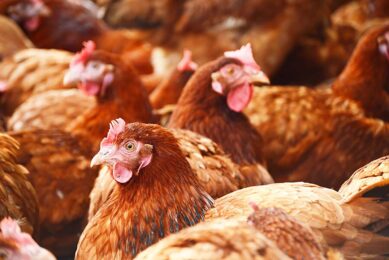
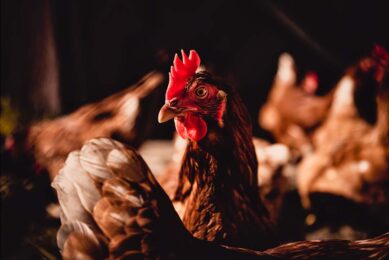
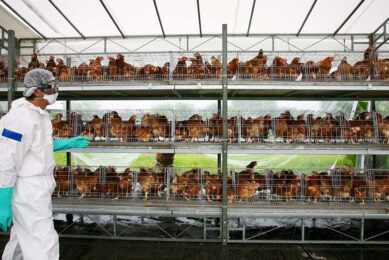
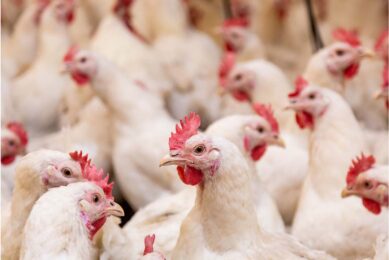



 WP Admin
WP Admin  Bewerk bericht
Bewerk bericht